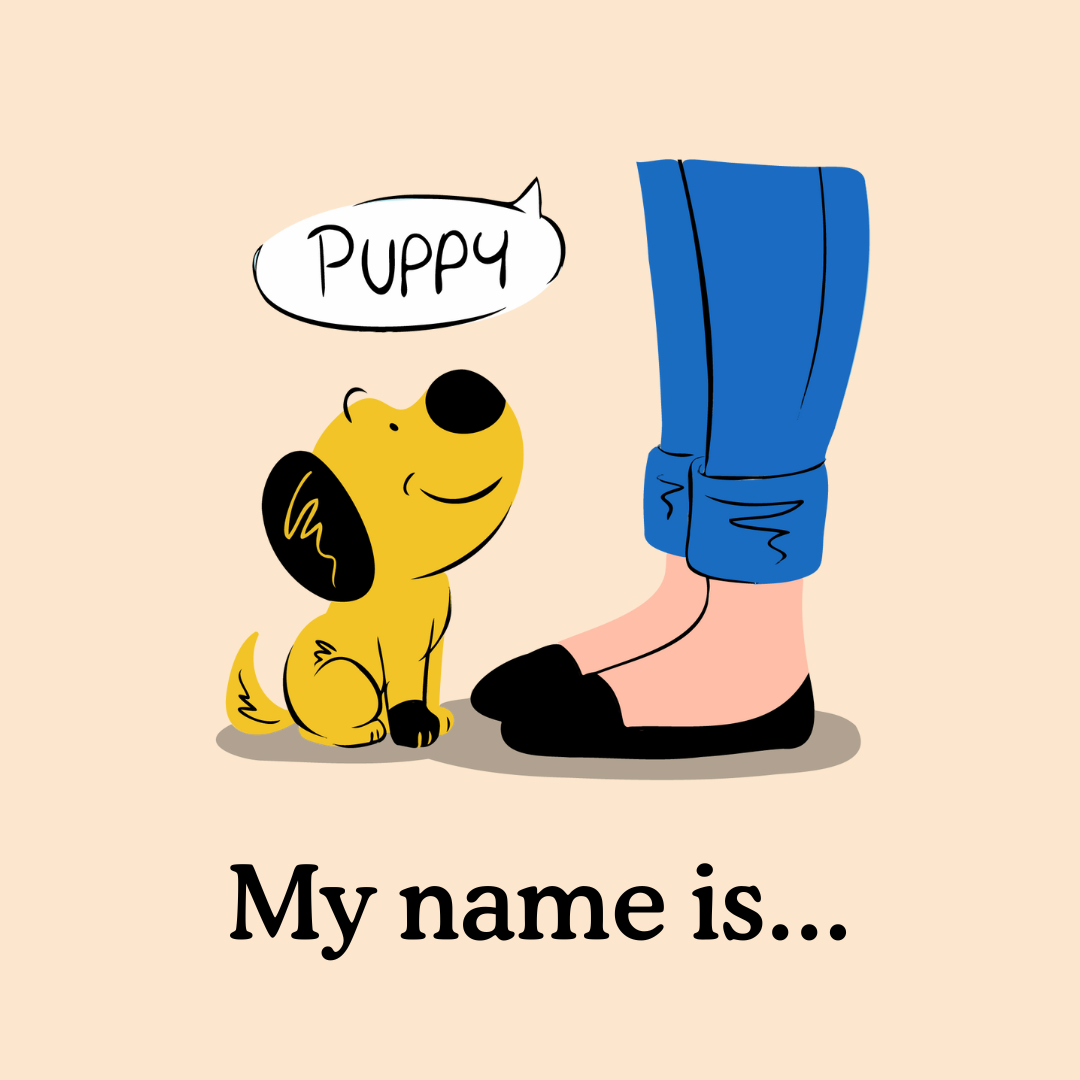Training your puppy to respond to its name is a fundamental skill that lays the groundwork for more advanced obedience. Mastering this can greatly enhance communication and strengthen your bond. If you’re looking for the best dog training methods, focusing on teaching your puppy to respond to its name is a great start. Here’s a comprehensive guide to help you through the process.
Why Teaching Your Puppy to Respond to Its Name Matters
Teaching your puppy to respond to its name is crucial for effective communication. It helps:
- Improve Recall: Your puppy will come to you when called, enhancing safety.
- Strengthen Bonding: Positive interactions foster a stronger relationship.
- Facilitate Other Training: A name response is a foundation for advanced commands.

Best Dog Training Practices for Name Recognition
Implementing the best dog training practices ensures success. Follow these tips for effective name training:
1. Choose the Right Time and Place
- Quiet Environment: Begin in a distraction-free area.
- Short Sessions: Keep training sessions brief (5-10 minutes) to maintain your puppy’s attention.
2. Use Positive Reinforcement
- Treats and Praise: Reward your puppy immediately with treats and praise when they respond to their name.
- Consistency: Ensure everyone in the household uses the same name and rewards consistently.
3. Repetition and Patience
- Frequent Practice: Repeatedly use your puppy’s name during everyday activities.
- Patience: Allow your puppy time to learn and respond. Avoid frustration.

Common Challenges and Solutions
1. Lack of Response
- Check Distractions: Ensure the environment isn’t too stimulating.
- Reevaluate Rewards: Use more enticing treats or toys to motivate your puppy.
2. Inconsistent Responses
- Practice Regularly: Frequent practice helps reinforce the behavior.
- Stay Consistent: Use the same cues and rewards each time.
Advanced Tips for Name Training
Once your puppy reliably responds to their name, you can advance to more complex training. The best dog training includes:
- Adding Commands: Combine name recognition with commands like “sit” or “come.”
- Gradual Distractions: Slowly introduce distractions to improve focus in various settings.
Conclusion
Teaching your puppy to respond to its name is one of the best dog training practices you can implement. By focusing on consistency, positive reinforcement, and patience, you’ll establish a solid foundation for further training. Remember, this skill not only enhances your puppy’s obedience but also strengthens the bond between you and your furry friend.
Following these tips will help you achieve success in teaching your puppy to respond to its name, making your training sessions both effective and enjoyable.





















